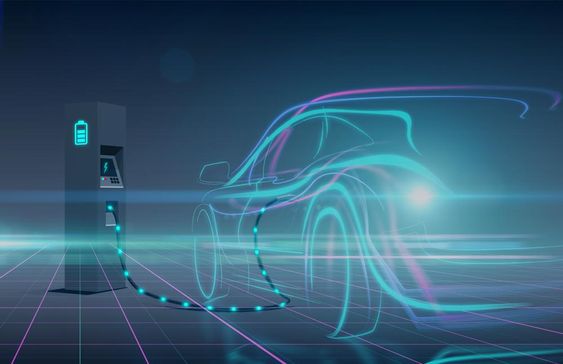Introduction:
The world of transportation is undergoing a dramatic transformation, with autonomous vehicles taking center stage. While passenger cars have garnered much attention, the commercial trucking industry is also experiencing a rapid evolution with the emergence of autonomous trucks. These self-driving behemoths promise to revolutionize logistics, offering increased efficiency, safety, and cost savings. This article delves into the latest developments in autonomous truck technology, exploring the advancements, challenges, and future prospects of this burgeoning industry.

The development of autonomous trucks is driven by a confluence of factors, including the growing demand for efficient and reliable transportation, the increasing shortage of truck drivers, and the potential for significant cost reductions. As technology continues to advance, autonomous trucks are becoming increasingly sophisticated, capable of navigating complex road conditions and interacting with other vehicles and pedestrians.
Advancements in Autonomous Truck Technology:
The field of autonomous truck technology is witnessing rapid advancements, with companies investing heavily in research and development. Here are some key areas where progress is being made:
- Sensor Technology: Autonomous trucks rely on a suite of sensors to perceive their surroundings, including cameras, lidar, radar, and ultrasonic sensors. These sensors work in tandem to create a comprehensive 360-degree view of the environment, enabling the truck to detect obstacles, traffic signals, and other vehicles.
- Artificial Intelligence (AI): AI algorithms are at the heart of autonomous truck systems, enabling them to make decisions, navigate complex routes, and adapt to changing road conditions. Machine learning techniques are used to train these algorithms on vast datasets of real-world driving scenarios, improving their accuracy and reliability.
- Mapping and Localization: Accurate mapping and precise localization are crucial for autonomous trucks to navigate safely and efficiently. Companies are developing high-definition maps that provide detailed information about road geometry, traffic patterns, and potential hazards.
- Communication and Connectivity: Autonomous trucks require reliable communication and connectivity to share information with other vehicles, infrastructure, and cloud-based systems. 5G networks are expected to play a vital role in enabling seamless communication and data transfer for autonomous trucks.
Challenges and Considerations:
Despite the significant progress made in autonomous truck technology, several challenges remain before widespread adoption becomes a reality. These include:
- Regulatory Framework: The development of clear and comprehensive regulations for autonomous trucks is essential to ensure safety and public acceptance. Governments around the world are working to establish regulatory frameworks that address issues such as liability, data privacy, and cybersecurity.
- Public Perception: Public perception of autonomous trucks is a critical factor in their success. Concerns about safety, job displacement, and ethical considerations need to be addressed through public education and engagement.
- Infrastructure Compatibility: Existing infrastructure, such as roads, traffic signals, and parking facilities, may need to be adapted to accommodate autonomous trucks. This includes the development of dedicated lanes, communication systems, and charging infrastructure.
- Cost and Accessibility: The cost of developing and deploying autonomous trucks is currently high, limiting their accessibility to large trucking companies. As technology matures and production scales, costs are expected to decrease, making autonomous trucks more affordable for smaller businesses.
Future Prospects:
The future of autonomous trucks is bright, with the potential to transform the trucking industry and the broader economy. As technology continues to advance and regulatory frameworks are established, autonomous trucks are poised to play a significant role in:
- Increased Efficiency: Autonomous trucks can operate 24/7, reducing downtime and increasing efficiency. They can also optimize routes and driving patterns, minimizing fuel consumption and emissions.
- Enhanced Safety: Autonomous trucks have the potential to significantly reduce accidents caused by human error. Their advanced sensors and AI algorithms can detect and respond to hazards more quickly and accurately than human drivers.
- Economic Growth: The adoption of autonomous trucks is expected to create new jobs in areas such as software development, data analysis, and maintenance. It will also boost economic growth by improving efficiency and reducing transportation costs.
Conclusion:
The development of autonomous trucks is a rapidly evolving field with the potential to revolutionize the trucking industry. While challenges remain, the advancements in technology, coupled with the growing demand for efficient and safe transportation, suggest a bright future for autonomous trucks. As the industry continues to mature, we can expect to see further innovations, wider adoption, and a significant impact on the global economy.





